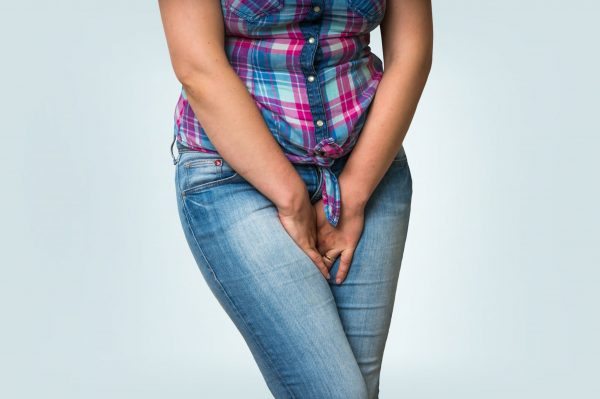What is incontinence?
Generally speaking, urinary incontinence, also know as involuntary urination, is defined as any involuntary or accidental loss or leakage of urine. There are five types of incontinence. The Canadian Continence Foundation states that 1 in 4 women (10%-30% after menopause) and 1 in 10 men suffer from or several forms of urinary incontinence. That’s 3.5 million people in Quebec alone.
How to recognize incontinence?
It’s important to recognize the different forms of incontinence in order to find the right treatment for the patient.
Stress urinary incontinence:
This is the most frequent form of incontinence. It is characterized by variable urine loss during physical activity. It can be after a jog or having lifted a heavy object or even when coughing or laughing. The leakage is not preceded by a pressing need to urinate. It happens suddenly during physical effort and when pressure is exerted on the abdomen.
Urge urinary incontinence:
Also called urinary urgency or hyperactive bladder, urge urinary incontinence happens when following a urination the bladder contracts too early and without reason. This results in pressing and frequent urges to urinate, even is the last visit to the toilet was quite recent. For this type of incontinence, specialists often recommend watching diet since some foods and drinks can aggravate symptoms.
Overflow incontinence:
As the name indicates, this form of incontinence happens when the bladder is full and “overflows’. Urine accumulates until the bladder is overstretched which forces excess urine to leak out. This process repeats all day with a steady leakage of urine.
Functional incontinence:
Functional incontinence is related to a person’s disability. He/She doesn’t have a bladder problem per se, but her physical limitations prevent him/her to get to the toilet on time. these can include impaired vision, reduced mobility or other disorders.
Mixed urinary incontinence:
This form of incontinence generally combines stress and urge incontinences. It is important to consult a health professional to determine the dominant type of incontinence in this case and select the proper treatment.
What are the treatment options for incontinence?
Incontinence is often caused by the weakening of the pelvic floor. For women, this can stem from multiple pregnancies. For men, this can be caused by high impact sports or activities. Regardless, there are exercises to strengthen the pelvic floor and medications prescribed by health professionals to control the condition.
Consult the Incontinence Products section for more info.


Attention
Consult a health professional to get an accurate diagnosis of the condition if you believe you suffer from incontinence. The above mentioned information does not substitute a professional assessment.

